2.2m safely evacuated, 4.2m affected in Punjab floods: Marriyum Aurangzeb
WHO warns of ‘grave risks’ of epidemic outbreaks as Punjab battles disease amid worsening floods
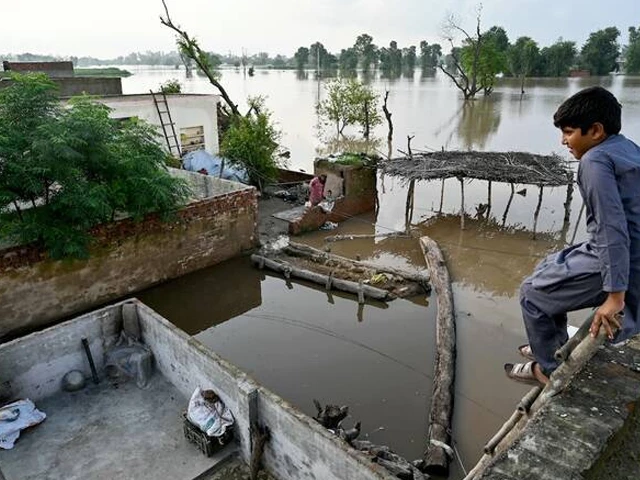
Over 2.2 million residents have been safely evacuated as monsoon floods continue to wreak havoc across Punjab, with more than 4.2 million people affected, Senior Provincial Minister Marriyum Aurangzeb said, marking the largest rescue and relief operation in the province’s history.
“Flooding has damaged 4,155 mohallahs with 56 confirmed fatalities,” Aurangzeb said while issuing a comprehensive update on the ongoing flood catastrophe, noting that approximately 1.496 million acres of crops have been lost.
She added that flash floods from the Chenab, Ravi, and Sutlej rivers affected 625 areas in Punjab, while flooding of the Indus River in Sindh displaced around 244,303 people across 96 localities.
Aurangzeb detailed the scope of the relief efforts, saying, “We have established 494 medical camps and 413 relief sites. Over 1.6 million livestock have been safely relocated, supported by more than 500 veterinary clinics. Since August 23, over 2.2 million people have been moved to safer zones.”
She further stated that Chief Minister Maryam Nawaz Sharif is leading the operation. “Field hospitals, mobile clinics, mother-and-child health vans, and anti-mosquito teams are in full swing, distributing clean water, food, insulin, and medications across flood-affected communities.”
Aurangzeb said mosquito control measures and disease prevention efforts are also underway to protect vulnerable communities from outbreaks.
“In areas where floodwaters flow strongest, additional machinery and teams have been deployed, with real-time monitoring enabling strategic shifts to redirect water away from populated areas,” the provincial minister explained.
Punjab battles disease outbreaks
Despite official reassurances of a smooth relief operation, a grim reality lurks in Punjab’s flood-stricken districts, where health issues are escalating given outbreak of flood-related diseases.
While provincial authorities highlight rescue figures and medical camps, evidence from the ground shows overwhelmed health units, shortage of medicines, and citizens left to fend for themselves in disease-ridden waters.
Doctors and aid workers say patients suffering from diarrhoea, skin infections, and dengue often wait for hours, sometimes days, for proper treatment. In some camps, anti-malarial drugs and rabies vaccines have reportedly run out, leaving residents vulnerable.
“We are treating dozens of patients in tents without enough supplies. Official tallies don’t match the situation here,” said a health worker in Narowal, requesting anonymity.
Continous floods since late August have displaced over two million people in Punjab, submerged 2,000 villages and washed away vast farmland. Thousands of acres of rice, cotton, and sugarcane have been destroyed, further compounding food insecurity.
More: Did India deliberately flood Pakistan?
The provincial government claims to have rescued nearly 1.9 million people, set up more than 1,000 relief camps, and deployed mobile health units. But reports from the field indicate that many villages remain cut off, with relief measures reaching them only sporadically.
In Hafizabad and Kasur, locals complain they have received no consistent supply of clean water or medical assistance.
Health records show more than 15,400 cases of dengue, diarrhoea, malaria, and skin diseases were detected across Punjab in the past month.
Lahore alone reported over 9,000 patients in the past 24 hours. According to the Punjab Health Department, since January the province has logged 310 dengue cases, 79 of them in Lahore. The crisis extends beyond vector-borne diseases - 99 snakebites and 167 dog-bite cases have also been reported.
The World Health Organization (WHO) has warned of “grave risks” of epidemic outbreaks, stressing the urgent need for clean water, sanitation, and an uninterrupted supply of medicines. Aid groups confirm that conditions in several camps remain unsanitary, with stagnant floodwater breeding mosquitoes and raising the likelihood of cholera and dysentery.
Read More: Worst monsoon floods in decades leave millions displaced in Pakistan
Yet, Punjab Health Minister Khawaja Imran Nazir insists the government is prepared. He said medical teams are on 24-hour alert, “Clinics on Wheels” are running, and all districts have been instructed to stock emergency medicines. CM Maryam is personally supervising the relief operations, with army units mobilised in multiple districts, says the provincial government.
Critics contend that the response remains more reactive than preventive. “The state knew heavy rains were coming, but flood defences and public health systems were not strengthened in time,” said an environmental analyst in Lahore. “Now we are watching avoidable diseases spread while officials scramble for damage control.”
Experts also point to climate change as a worsening factor. Punjab has received 26% more rainfall this monsoon season compared to last year, according to the Meteorological Department, exposing weaknesses in infrastructure and planning.
As waters stagnate and the health issues prevail, the question is whether relief operations can keep pace with the scale of the crisis. For now, officials promise that “no patient will be left untreated,” but survivor testimonies from flood zones across Punjab tell a far more unsettling story of a public health disaster brewing beneath the surface.






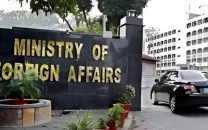





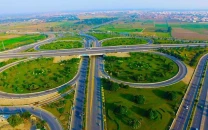
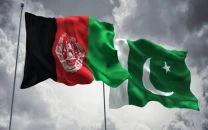
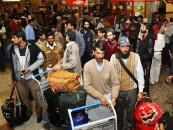






COMMENTS
Comments are moderated and generally will be posted if they are on-topic and not abusive.
For more information, please see our Comments FAQ